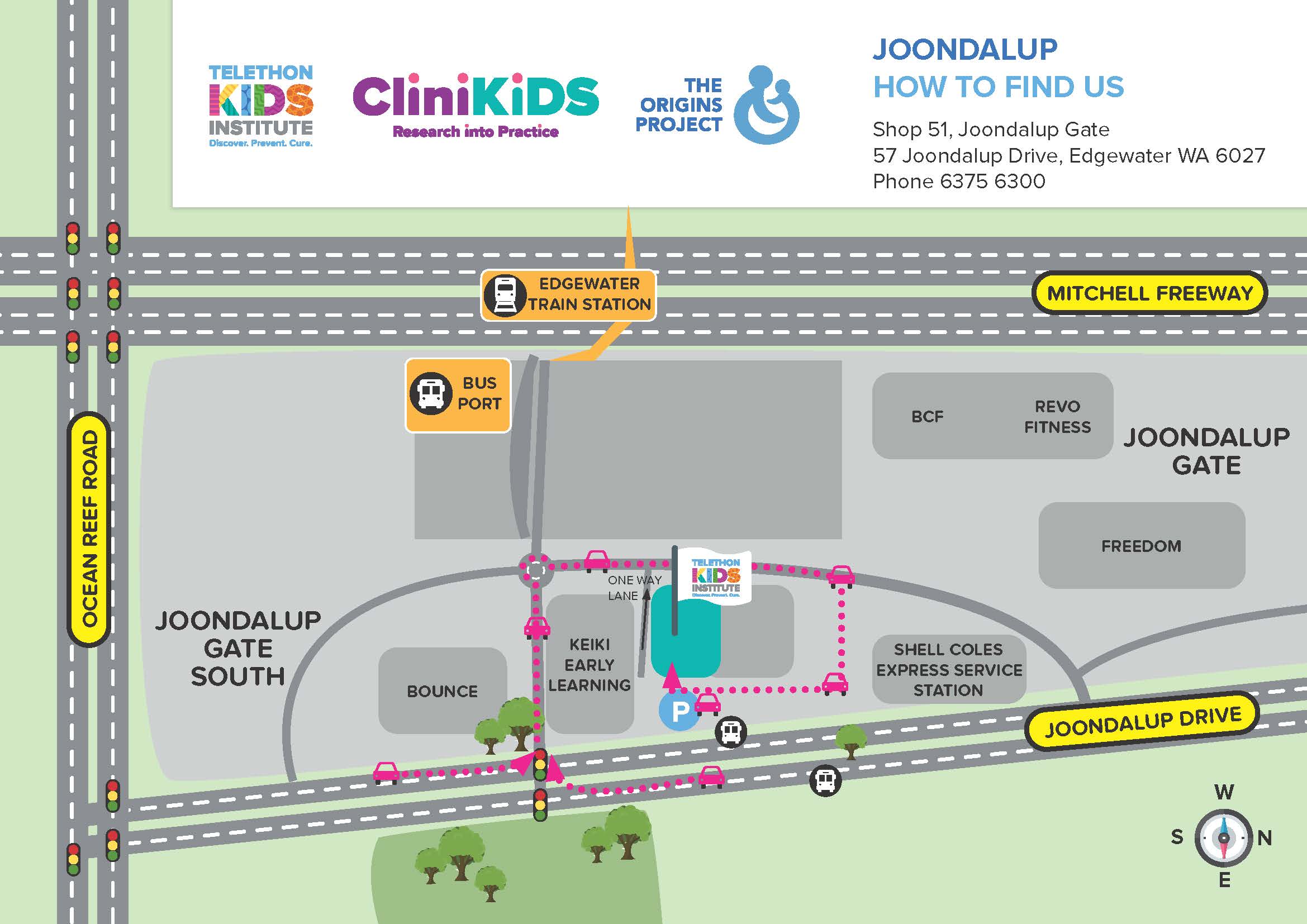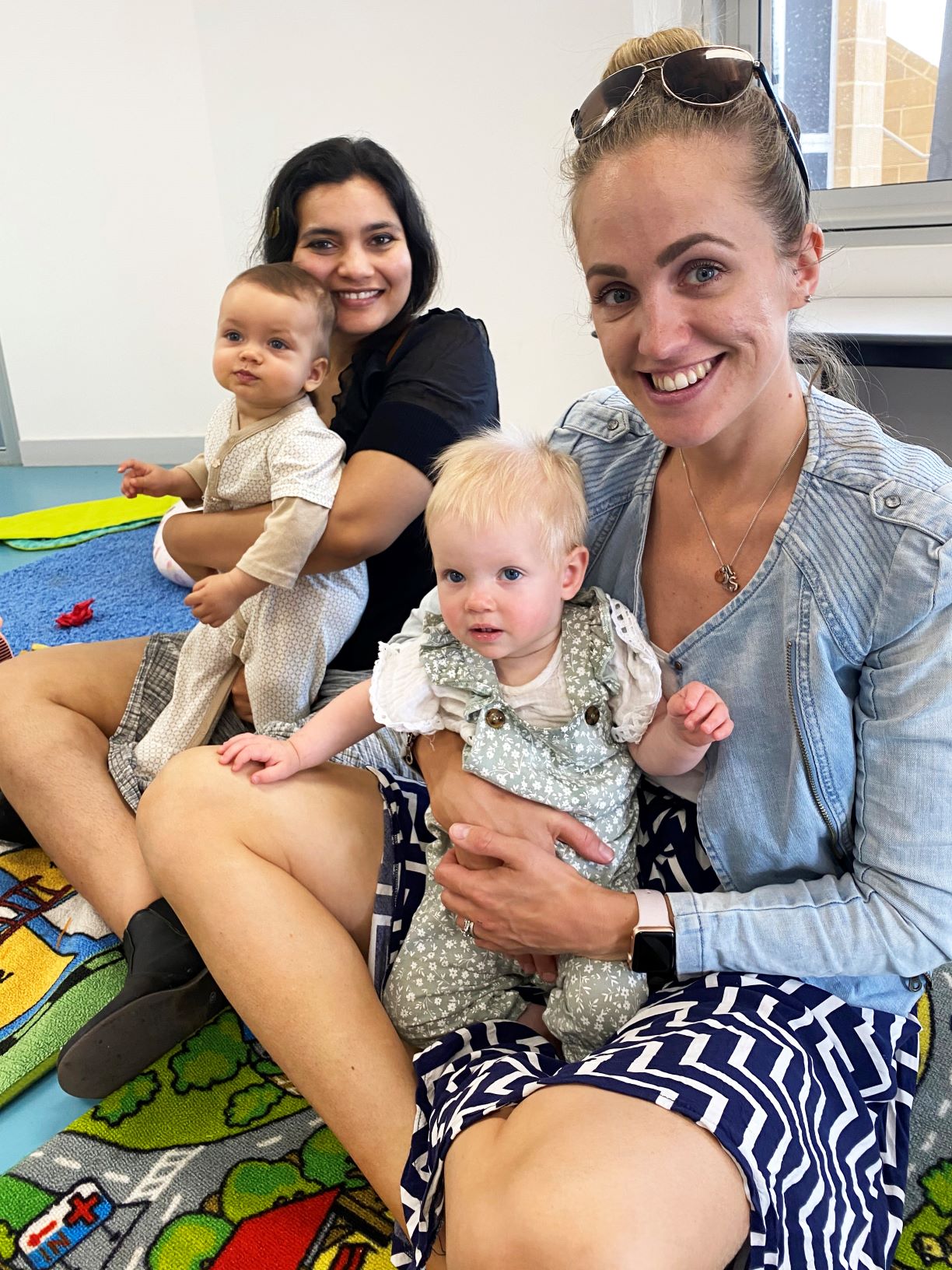Search

News & Events
ORIGINS named in multi-million dollar investment towards child healthORIGINS named in multi-million investment towards child health

News & Events
ORIGINS Family Fun Day 2023Families gathered in the autumn sunshine to celebrate ORIGINS

News & Events
New Home for ORIGINSThe Kids Joondalup will be the new home for the ORIGINS research and data teams

News & Events
Digital support engagement needed for new MumsSystematic review explores engagement levels of digital tools during the perinatal period

News & Events
Calling All Budding ArtistsCalling all budding artists - submit your child's artwork to win!

News & Events
ORIGINS takes part in Aboriginal wellness expoORIGINS participated in the inaugural Wadjak Northside Social Emotional Wellbeing Expo on 24 October at the Wadjak Northside Aboriginal Community Centre.

News & Events
ORIGINS researchers investigating gut health’s link to allergiesWith up to one in four Australian children now affected by allergic diseases, the potential for the ORIGINS SYMBA Study to positively impact future lives is immense.

By participating in ORIGINS, you are contributing to one of the largest and most comprehensive birth cohort studies ever.

ORIGINS provides researchers, students, clinicians and universities with a unique opportunity to play a crucial role in changing the health of future generations.

The community reference group consists of members from the Wanneroo and Joondalup community who provide a community perspective for the Project.
